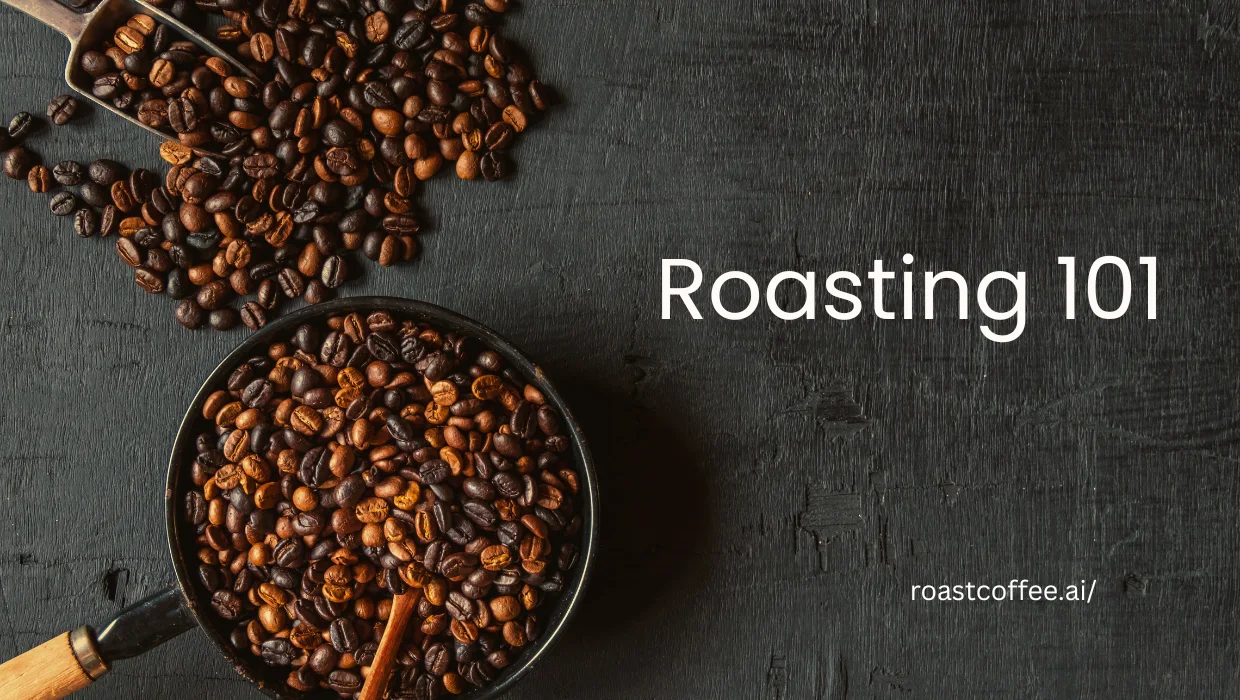Know Your Coffee Green Beans: Sumatra Lintong
Sumatra Lintong is a distinguished Indonesian Arabica coffee named after the Lintongnihuta region southwest of Lake Toba in North Sumatra. It is highly valued for its non-traditional, complex flavor profile, which is heavily influenced by its unique volcanic terroir and the indigenous wet-hulled processing method.
🌍 Where It Is Grown
Lintong coffee is a market name for Arabica grown in a specific, high-altitude area of North Sumatra.
- Key Origins: Lintongnihuta District in North Sumatra, located on a plateau southwest of the massive volcanic Lake Toba.
- Altitude: Typically grown at 1,000 to 1,600 meters (3,300 to 5,250 ft) above sea level, benefitting from the rich volcanic soil surrounding the lake.
- Varietals & Genetics: Predominantly local sub-varietals like Tim-Tim, Ateng, Jember (S795), and Typica. The area is characterized by small, family-owned coffee gardens.
☕ What It Tastes Like
Lintong is the classic expression of Sumatran coffee: an earthy, bold, and low-acid brew, but it is often prized for its cleaner cup and brighter acidity compared to its Mandheling relatives.
- Aroma: Complex, often carrying notes of fresh earth, wood/cedar, and rich spice.
- Acidity: Distinctively low and mild, often described as herbal or subtly citric (grapefruit/cola). This makes it very popular for those sensitive to highly acidic coffees.
- Body: Heavy, thick, and syrupy—the hallmark of Sumatran coffee, which gives the brew a rich, substantial mouthfeel.
- Common Notes: Dark Chocolate, cedar, mulling spices (clove/cinnamon), sweet molasses, tobacco, and subtle herbal or earthy undertones.
💰 Market / Price Insights
Sumatra Lintong is a staple in the specialty coffee market, consistently priced well above commodity-grade coffees due to the meticulous sorting and the specialized processing method.
- Pricing: Generally categorized as a high-end specialty coffee, priced moderately to high for a single-origin. Prices increase significantly for higher-graded lots, such as Triple-Picked (TP), which undergo extensive hand-sorting to minimize defects.
- Demand: Steady and high, particularly in the US and European markets, where roasters value its bold profile and use it often in dark roasts or as a low-acid component in espresso blends.
- Rarity: The region is small and the traditional processing method is labor-intensive, ensuring its supply remains limited and specialized.
💧 Processing Method
The defining characteristic of Sumatran coffee is its processing method, which creates its unique body and flavor.
- Wet-Hulled (Giling Basah): Standard and most common process. The coffee is pulped, briefly fermented, and only partially dried for a few hours. The parchment is then hulled while the bean is still highly moist (at 30–50% moisture, compared to the standard 10–12%).
- Impact of Giling Basah: This accelerated drying method is necessary in Sumatra’s humid climate. It removes the protective parchment layer early, causing the bean to swell and imparting the classic heavy body, reduced acidity, and signature earthy/spicy/savory notes that define Sumatran coffee.
- Alternative Processes: Occasionally, small lots of Lintong are Fully Washed to produce a cleaner, brighter cup, but the classic profile comes from Giling Basah.
🔥 How to Roast It
The robustness of the Lintong profile allows it to be roasted darker than most other specialty Arabicas, making it versatile.
- For Beginners: Due to the dense and irregular shape of the wet-hulled beans, roasting can be challenging. It’s best to follow a profile with a moderate ramp-up.
- Roast Level: Best roasted to a Medium to Medium-Dark (Full City) level. This intensifies the rich chocolate and spice notes, enhances the heavy body, and maintains a touch of its complex character without introducing excessive bitterness.
- Dark Roast: It holds up exceptionally well to a Dark Roast (Full City+), where its low acidity and bold flavors result in a bittersweet cup ideal for espresso or drip coffee lovers seeking classic dark roast character.
💡 Post Roasting Requirement
A standard rest period of 5–10 days is recommended. The heavy body and bold flavors benefit from a slightly longer rest to allow the heavier compounds to settle and meld. Storage should be airtight and cool.
😋 Flavor Profile / Tasting Notes
- Cupping Descriptors: Bold, earthy, and complex with a lingering finish.
- Key Descriptors: Dark Chocolate, Spice (Cumin/Clove), Earthy, Cedar, Tobacco, Syrupy Body, Low Acidity, Molasses, Herbal.
☕ Brewing Recommendations
Due to its heavy body and intense flavor, Lintong performs excellently in brewing methods that favor texture and intensity.
- French Press: Highly Recommended. The method’s long contact time and mesh filter preserve the coffee’s heavy, thick body and dark chocolate notes, resulting in a robust and satisfying cup.
- Drip/Automatic Brewer: A popular choice for a strong, low-acid morning coffee.
- Espresso: A fantastic choice as a single-origin espresso or as the base for a blend, providing an excellent crema, deep chocolate flavor, and a syrupy mouthfeel.
A Legacy of Robustness and Tradition Sumatra Lintong is a coffee defined by its unique terroir and the deeply rooted tradition of the Giling Basah (wet-hulled) process. This distinct method, developed to counteract Sumatra’s humid climate, gives Lintong its signature heavy body, low acidity, and intensely complex flavor profile of dark chocolate and earthy spice. The legacy of Lintong lies in the dedication of smallholder farmers around Lake Toba, whose commitment to this indigenous process ensures that this uniquely bold and robust cup profile—a favorite for dark roasts and espresso blends—remains available to the world.
❓ FAQs
Q: What gives Sumatra Lintong its signature heavy body and earthy flavor?
A: The signature profile comes from the Wet-Hulled process, known locally as Giling Basah. This unique method involves hulling the bean while it is still highly moist, which shortens drying time but imparts the coffee with its characteristic heavy body, low acidity, and earthy, spicy notes.
Q: Why is Sumatra Lintong coffee described as having low acidity?
A: The low acidity is primarily a result of the Wet-Hulled (Giling Basah) processing method. By removing the parchment while the bean is still moist, the process significantly alters the bean’s chemical composition, resulting in a coffee that is very easy on the stomach and often preferred by those sensitive to acid.
Q: What is the best roast level for Sumatra Lintong?
A: Sumatra Lintong is very versatile and holds up well to darker roasting. It is best enjoyed at a Medium-Dark (Full City) to Dark Roast, which fully develops its rich dark chocolate, cedar, and spice notes while maintaining its signature heavy body.
Until the next sip, keep exploring the world of coffee. Explore our roasting tips, or read about another gem in our “Know Your Coffee Green Beans” series!


